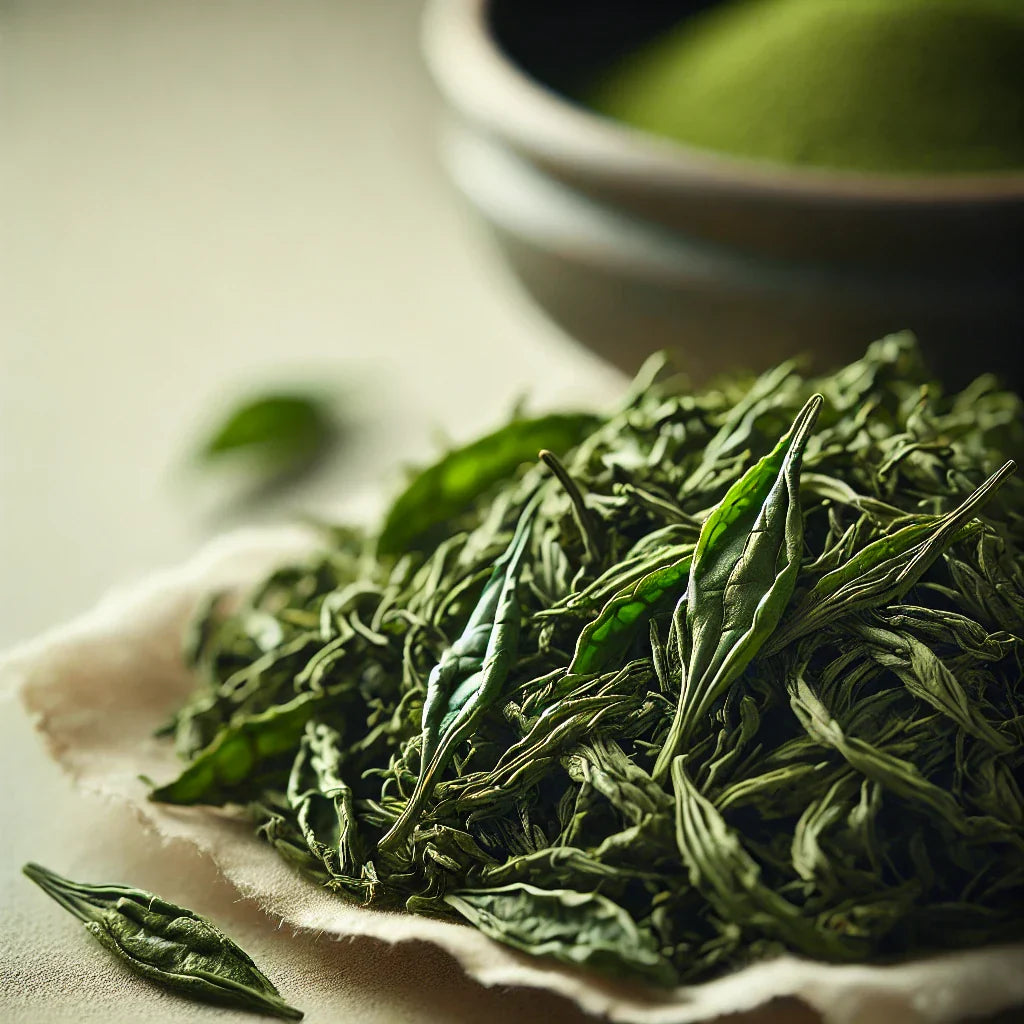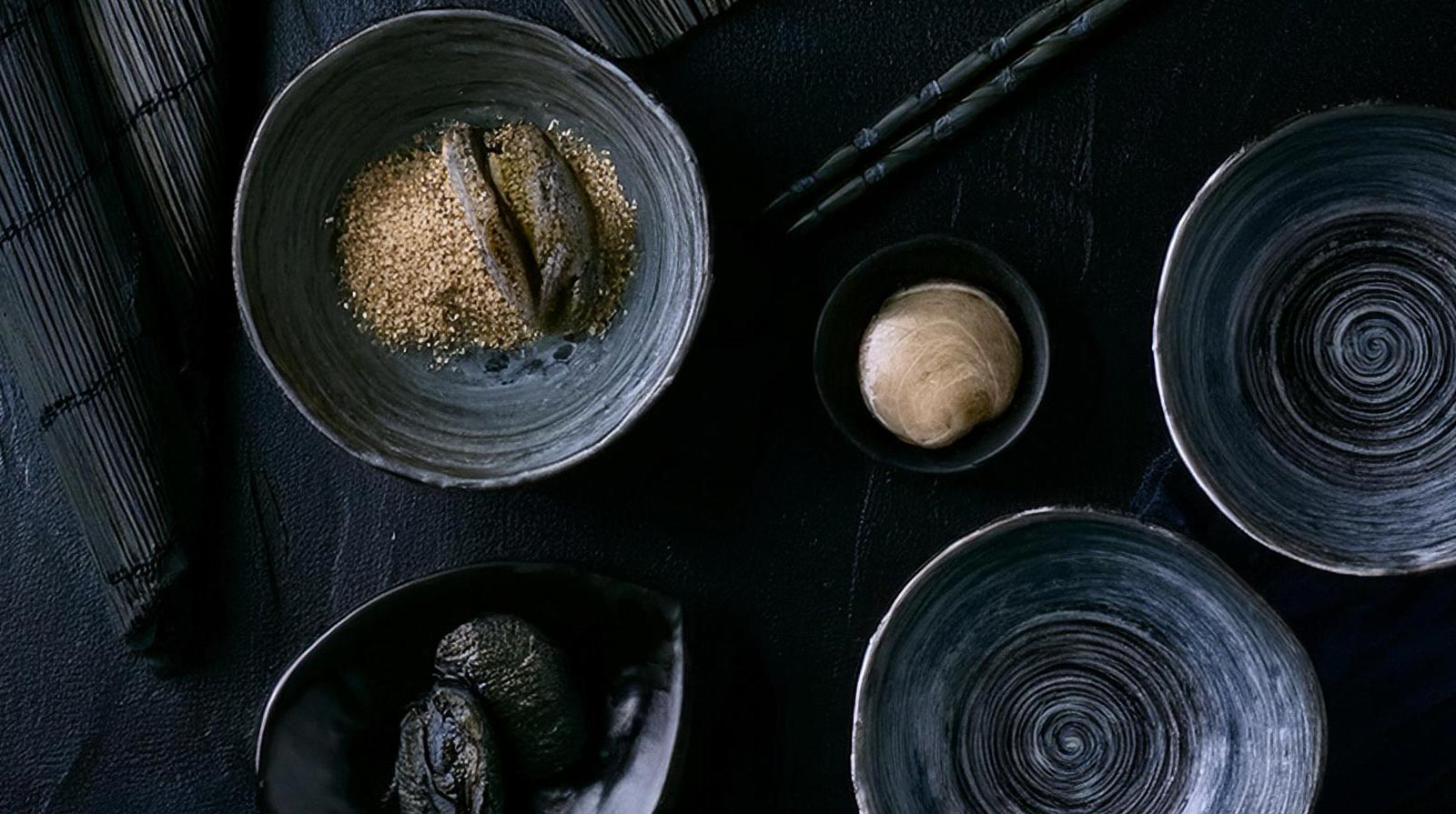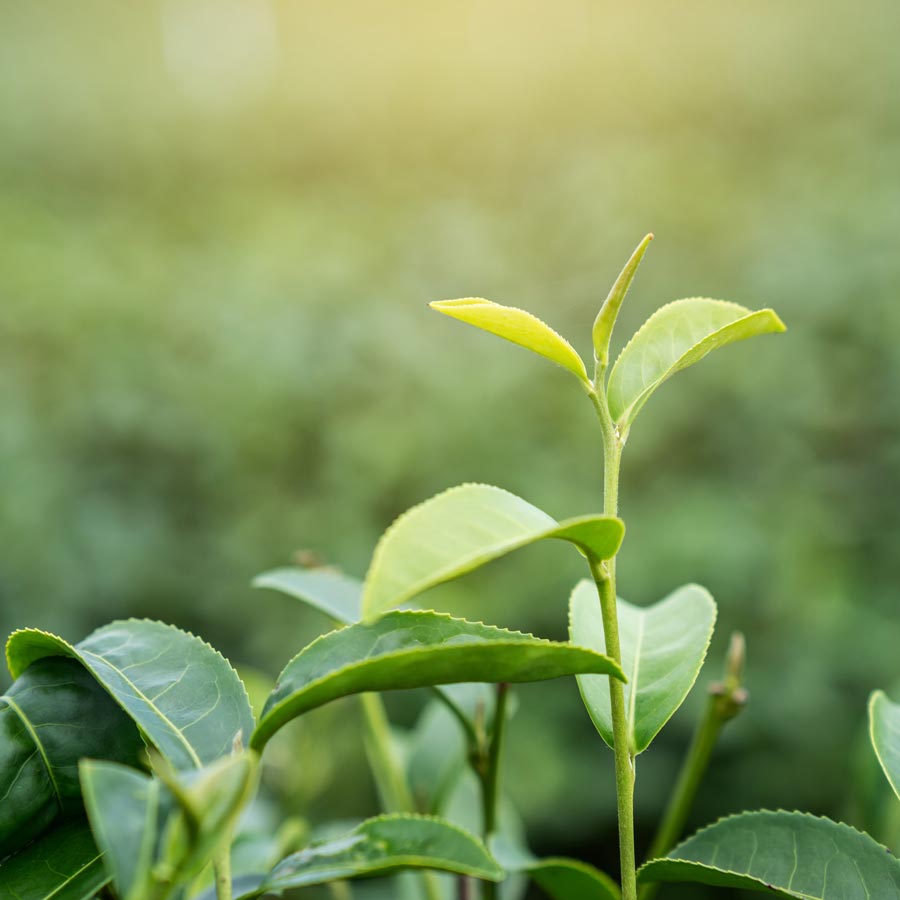Matcha is now a household name among many tea lovers. The bright green, finely ground tea is considered a superfood, packed with antioxidants, and traditionally used in the Japanese tea ceremony. But before matcha is created, there is a crucial precursor: asacha . Learn here what asacha is, how it differs from matcha, and how to prepare it perfectly.
What is Asacha?
Asacha is a semi-finished matcha that is at a special intermediate stage of processing. The name is derived from the Japanese words "asa" (morning) and "cha" (tea) – symbolizing the tea's early stage. It consists of dried and slightly broken tea leaves that have not yet been ground into a fine powder.
Asaha vs. Matcha – The most important differences
Many people ask: What is the difference between Asaha and Matcha? The answer lies in the processing:
- Leaf structure: While Matcha is ground into a fine powder, Asacha remains in a coarse form.
- Taste: Asacha has a milder aroma with subtle umami notes, while Matcha tastes more intense and strong.
- Preparation: Matcha is foamed with a bamboo whisk (chasen), while Asacha is brewed like classic green tea.
How is Asacha made?
The production process for asaha is similar to that of matcha, with one key difference: It is not processed into a powder. Here are the key steps:
- Shading: The tea bushes are shaded approximately three to four weeks before harvest. This encourages the leaves to develop more chlorophyll, giving them their intense green color and mild, sweet flavor.
- Hand-picked selection: Only the tenderest and youngest leaves are used for further processing.
- Steaming: To prevent fermentation and preserve the green color, the leaves are briefly steamed.
- Drying: The leaves are gently dried to preserve their full aroma.
- Coarse grinding or crushing: Unlike matcha, the leaves are not ground into a fine powder, but left in their coarse form. This is how asacha is created.
How to prepare Asacha
Unlike Matcha, Asacha is not whipped with a bamboo whisk, but is brewed like classic green tea:
- Water temperature: 70–80 °C
- Brewing time: approx. 2 minutes
- Quantity: 2 tsp Asacha to 200 ml water
Asaha is also suitable for creative tea recipes, such as cold brew , lattes , or as an ingredient in smoothies . It can also be used in the kitchen for desserts or aromatic tea blends.
What health benefits does Asacha offer?
Like Matcha, Asacha also contains valuable ingredients:
- Rich in antioxidants that support cell protection
- L-Theanine , which provides a calming effect
- Chlorophyll , which can contribute to detoxification
- Natural caffeine that gently stimulates without making you nervous
Why Asacha is an alternative to Matcha
- Gentle enjoyment: Since Asacha is not as intense as Matcha, it is a great alternative for those who want to enjoy the taste of green tea but find Matcha too strong.
- Versatile use: Whether hot or cold, pure or in recipes – Asacha is a true all-rounder.
- Unique aroma: By preserving the leaf structure, the aromas develop more slowly and in a more differentiated way than with powdered matcha.
- Natural and unadulterated: Without any further processing steps, Asacha remains a pure natural product with all its valuable ingredients.
Conclusion: A special tea with potential
Asacha is more than just a precursor to matcha—it's an exciting tea variety with its own unique character. Its gentle flavor, versatile preparation options, and naturalness make it a worthwhile discovery for anyone who loves high-quality green tea.
At Growing Karma, we're breaking new ground in tea production. Who knows—perhaps there will soon be a special Asacha from our German tea plantation?




Leave a comment
This site is protected by hCaptcha and the hCaptcha Privacy Policy and Terms of Service apply.